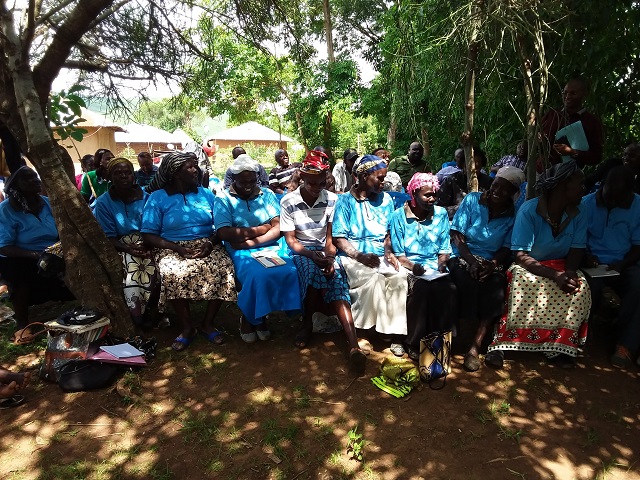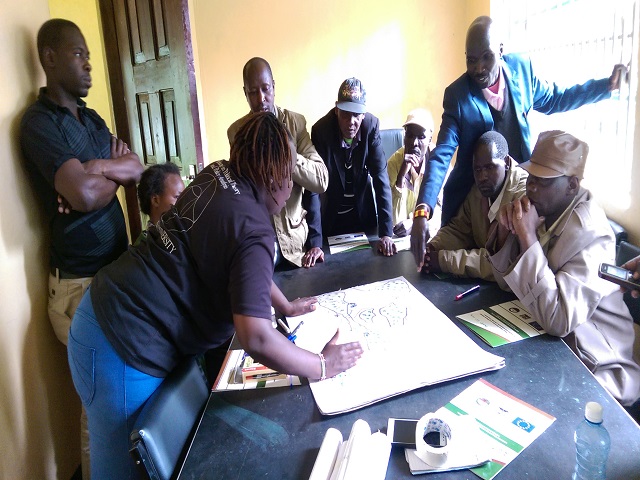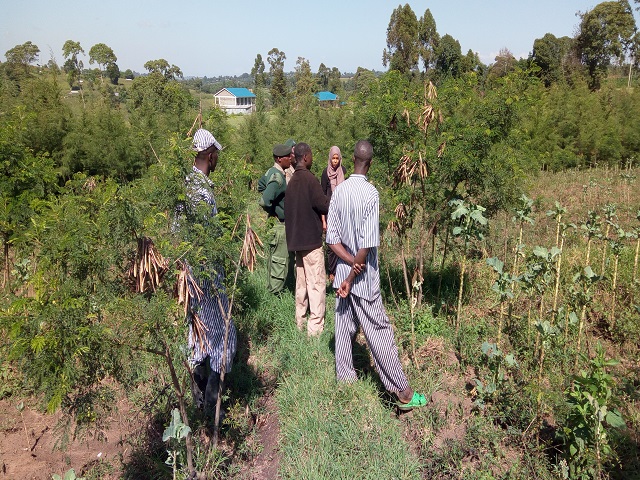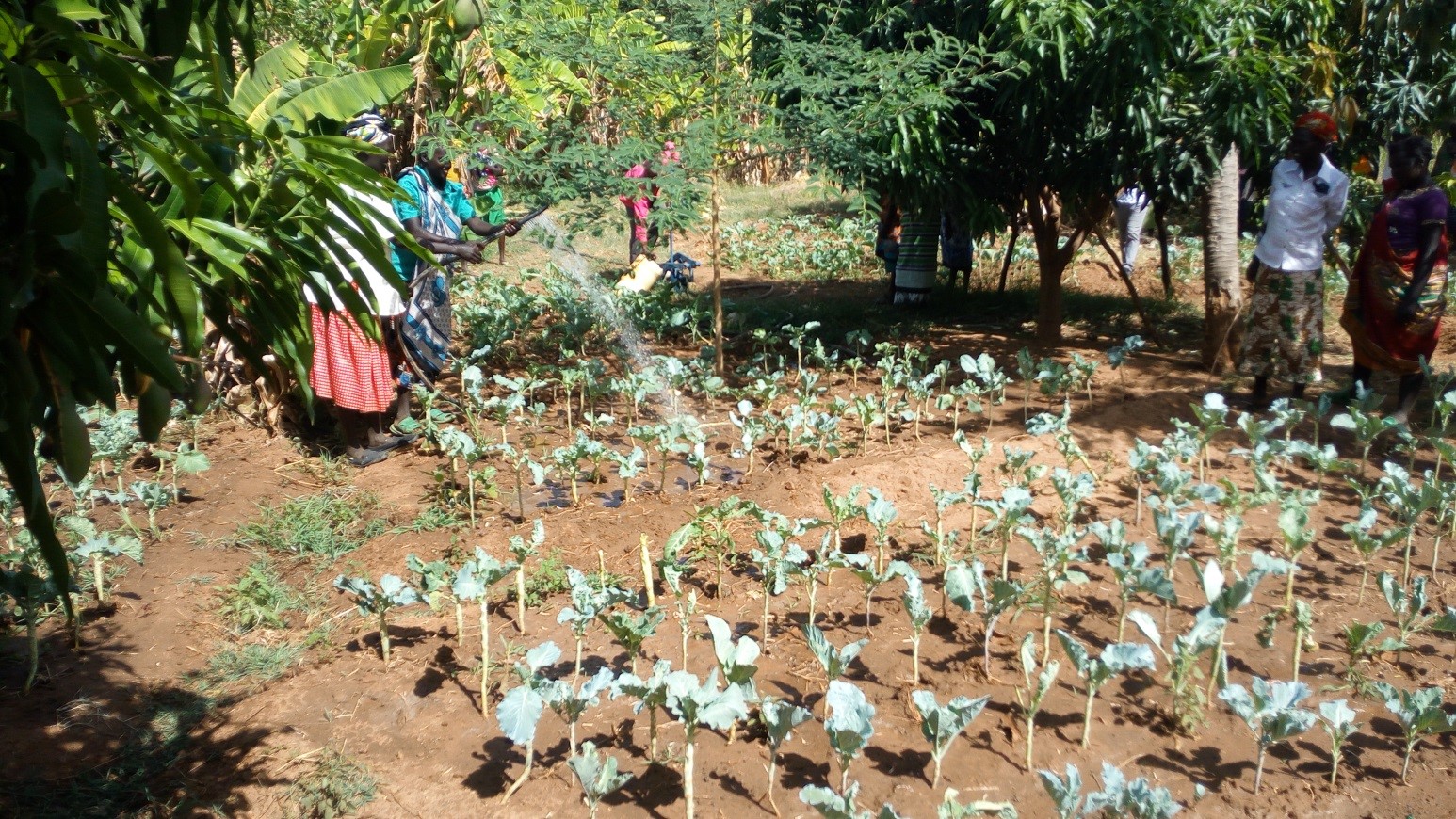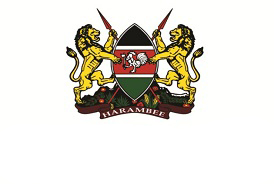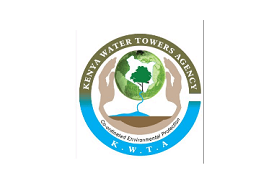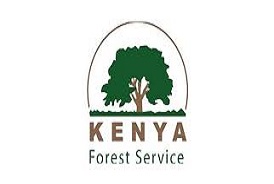Background Information
Kenya’s economy is nature-based with its water towers influencing livelihoods of beneficiaries of ecosystem services, both adjacent and further afield. Communities living in upstream and multifunctional landscapes are providers of important ecosystem services that benefit users further downstream. Kenya’s forested landscapes, including Kenya’s water towers, store rainwater, regulate river flows and prevent runoff. These landscapes also recharge ground-water aquifers, improve soil fertility, and reduce soil erosion and sediment flow into river water. They further regulate local climatic conditions for commercial agriculture, and act as carbon reservoirs and sinks. Kenya’s electricity (80%) is generated from reservoirs drained by rivers from Kenya’s water towers.
Kenya's WaTER Towers.
The ability of Kenya’s forested ecosystems to continue to provide critical ecosystem services, in a sustained manner to adjacent communities and beneficiaries further afield is being threatened by deforestation and land degradation. Deforestation has reduced Kenya’s forest coverage from 12% in the 1960s to currently 6.9%. Deforestation costs the Kenyan economy an estimated KES 5.8 billion per year. An estimated 50,000ha lost between 2000 and 2010, has resulted in cumulative negative effects amounting to KES 3,652 Million per year, more than 2.8 times the cash revenue of deforestation. The contribution of forests to Gross Domestic Product (GDP) is estimated to be around 3.6%.Recognition of Kenya’s water towers economic importance and threats posed by their degradation has necessitated rehabilitation and restoration actions. Vision 2030, Kenya’s long-term planning blueprint, pursues conservation of water towers as a flagship project in MTP II adopted in 2013. The Government through the National Climate Change Response Strategy in 2010 and a National Climate Change Action Plan, 2012 pursues low carbon climate resilience through the design and implementation of low emission development strategies.
Given the importance of Kenya’s forested ecosystems for economic development in terms of the ecosystem services they provide, the newly enacted constitution provides for a 10% tree cover of the land area in Kenya. A strategy to achieve this target includes requiring landowners to have 10% on-farm tree cover. Decentralised planning and empowering of communities have been adopted to ensure sustained provision of ecosystem services.
